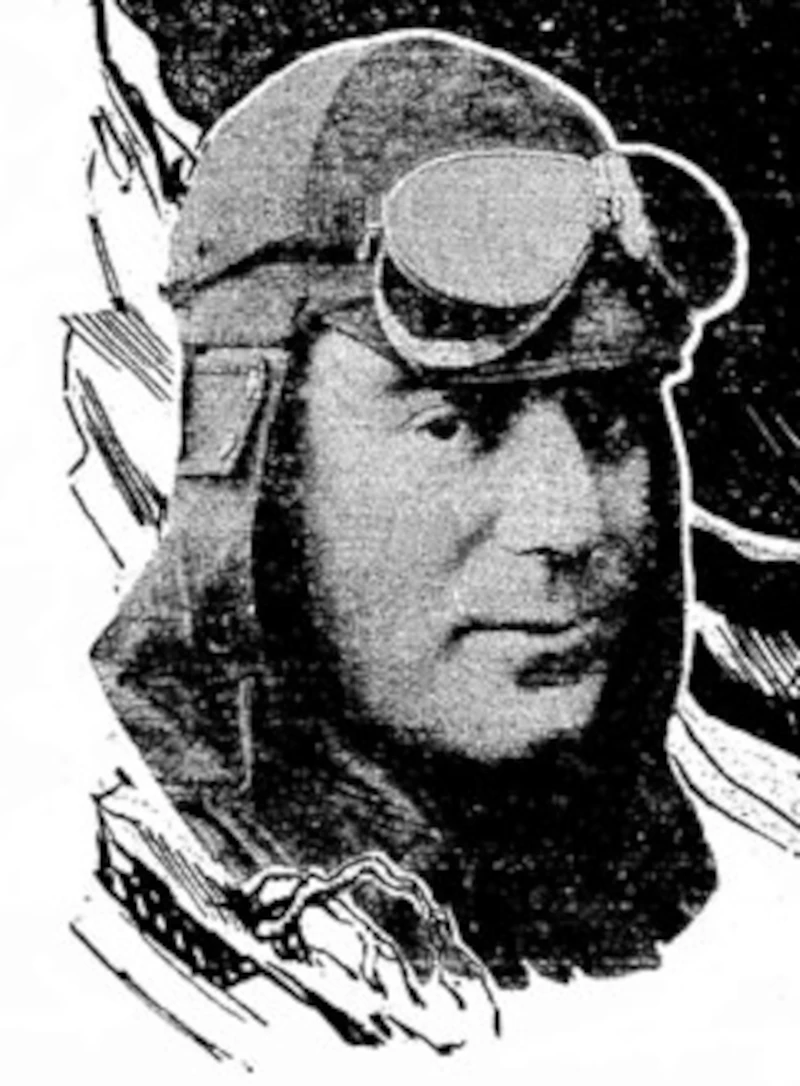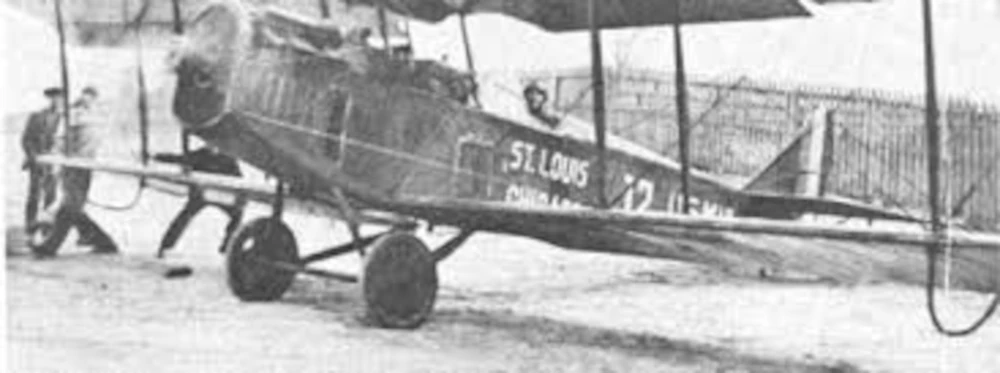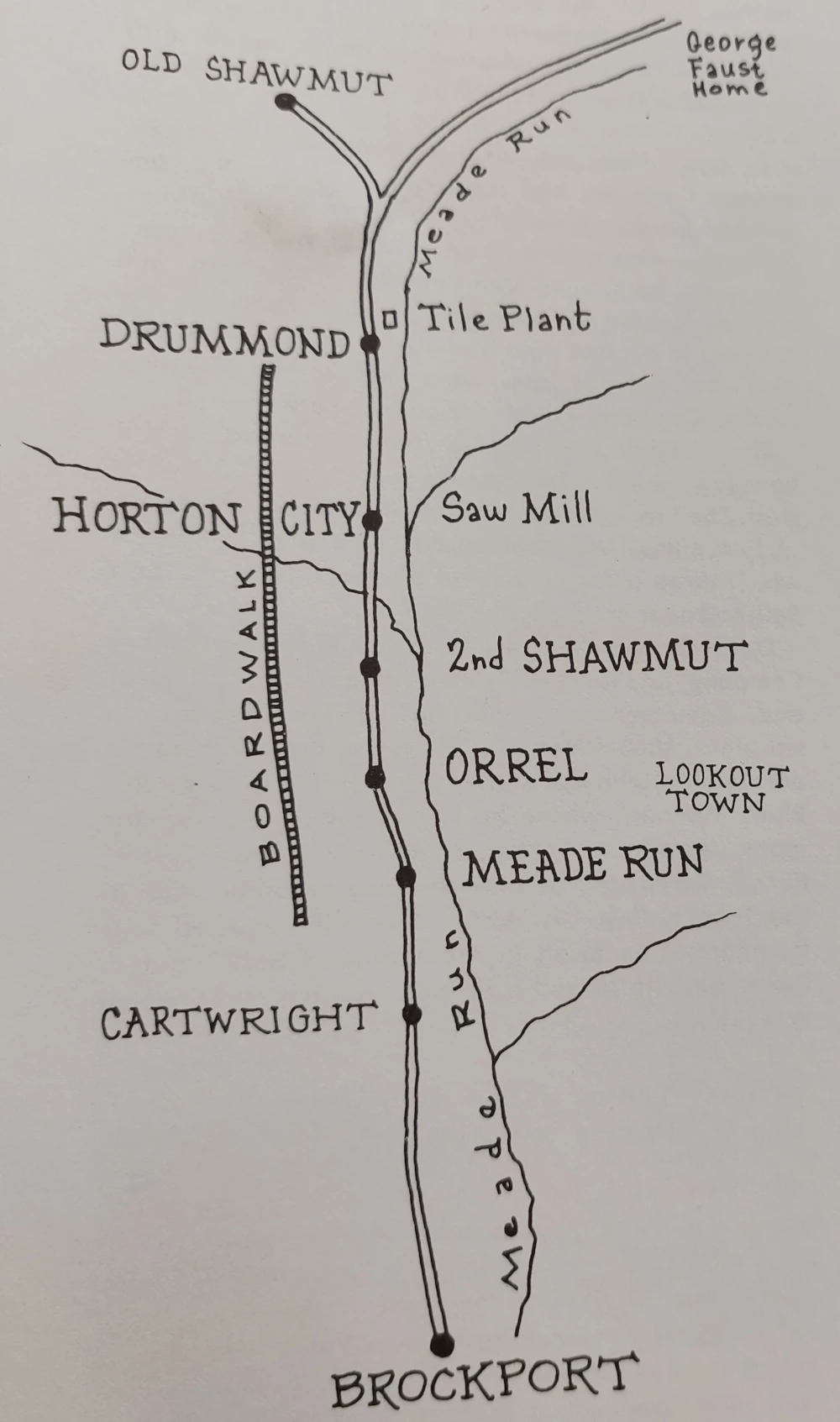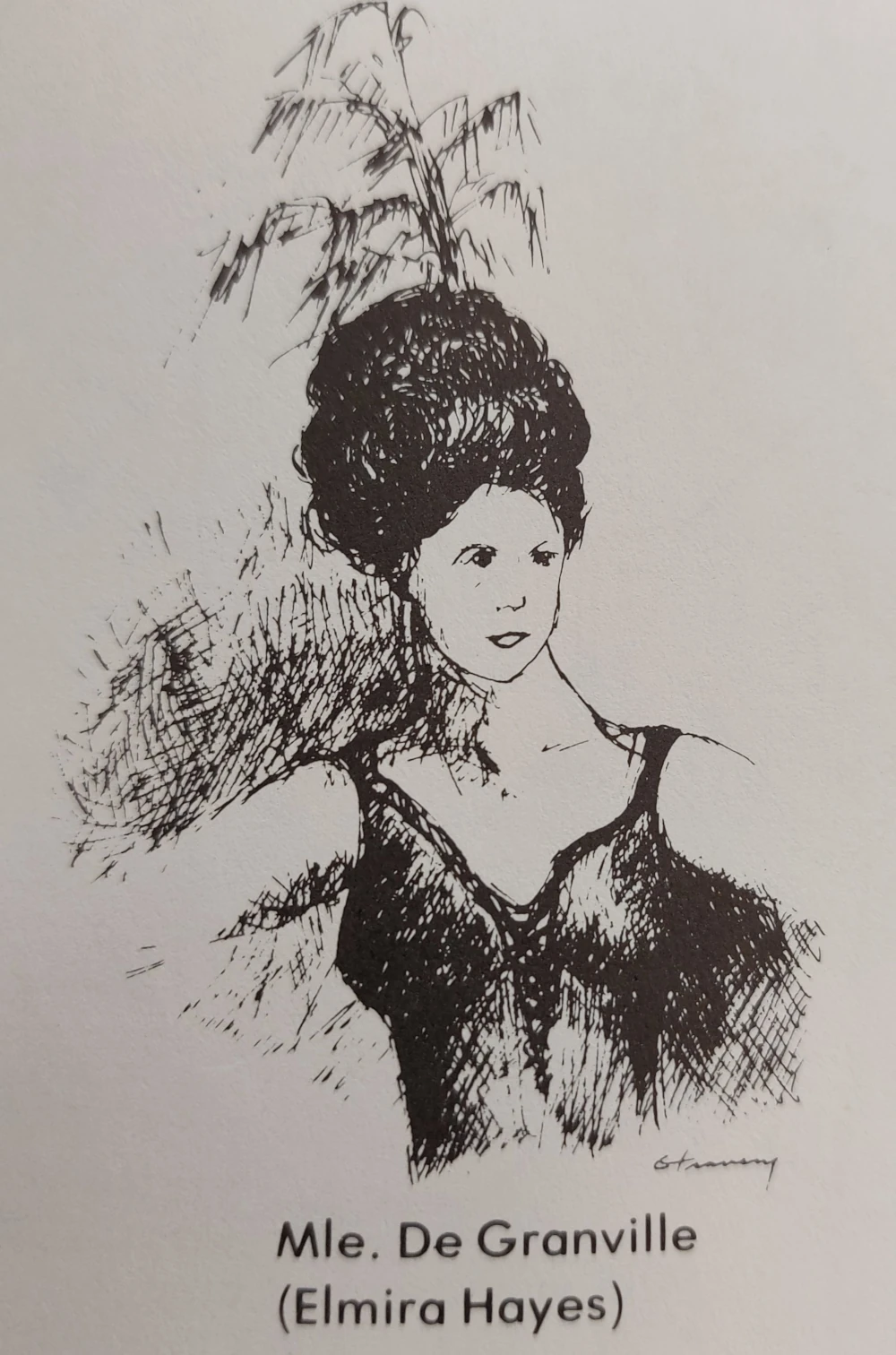To the traveler passing along state Route 219 through Horton Township today, little evidence remains to indicate the bustling past that made this area a center of commerce and. Today, Horton Township is a quiet community set among recovering countryside. Wildlife is plentiful throughout the wooded ridges. Oyster, Mead, Bogey, Bear and Whetstone Runs hold stocked and native trout. To local residents and visitors alike, Horton Township provides excellent sporting and outdoor experiences, away from the crowds of neighboring destinations.

Burr Horton Winslow
One of the most widely known Horton township natives was Burr Horton Winslow, a descendent of the valley’s earliest settlers.
After a distinguished career as an army pilot, Winslow began flying US airmail south and north from Chicago. In 1920, the federal government assigned him the San Francisco-Reno run, the most hazardous lap of the airmail route because of the high mountains of the Sierras.
In 1923, Winslow was loaned by the airmail service to the Lasky Studios to fly as the pilot in the movie called “The Air Mail,” along with stars Billie Dove, Douglas Fairbanks Jr., and Warner Baxter.
In 1926, Winslow piloted for the first lap of the transcontinental night airmail from San Francisco to Reno on its way to New York city. Winslow took off from Crissy Field in California at 5:50 a.m., landing in Reno with 64 pounds of first-class mail at 7:46 a.m. He returned the mail coming from the East the next morning.

On the way to Reno in March of 1927, Burr had an oil line break as he crossed Donner Summit. Blinded by leaking oil, he managed to cut his motor off and glide into the Truckee emergency field. The rough, hard crusted snow on the strip caused the nose of the biplane to dig into the ground, flipping it onto its back. Winslow, unhurt, the plane badly damaged, the mail and pilot were hauled to Truckee by sleigh and put on the train to continue the trip eastward.
After the air mail was taken over by private airlines, Burr flew for United Airlines, retiring in 1939 as Captain Burr H. Winslow.
Winslow died March 7th, 1978 at 86 years old. He was the last known survivor of the Daedallions, the oldest club of the pioneer mail carriers. He had lectured throughout the West at conventions and civic clubs.
To the person looking for history, Horton Township is a collection of well hidden remnants of formerly thriving communities of centuries past. Shawmut, Horton City, Cartwright, Brockport, Elbon Brandy Camp; all were progressive towns between 1850 and 1900, during the early lumber and coal days of our nation. Early pioneers came, cleared the land, timbered, mined and built up towns. For a short period, Horton Township prospered on its natural resources as an area helping to open up this part of the state and fuel the nation.
It is generally accepted that the township was named for pioneer Isaac Horton Sr., who settled near what is now the Elbon and Brandy Camp area in February of 1820. Records are unclear, but it seems the township became a political entity around 1867 when the area was made part of Elk County.

In 1819, Philatus Clarke came to what is now Brockport and began a saw and grist mill on the Toby Creek near the present Methodist Church. Shortly after, Horton and Chauncey Brockway Sr., after whom Brockport and later Brockway were named, started a mill at Keystone. Logs and cut lumber were sent by rafts down the creek to the Clarion and Allegheny Rivers to Pittsburgh. Once delivering their cargo, the lumbermen walked their way home.
By the late eighteen hundreds, Brockport was a booming town with three hotels, three general merchandise stores, two blacksmiths, barber shops, a pool room, butcher shop, dance hall, two or three restaurants, other smaller stores, a railway station, post office, high school, and several churches.
Shortly after the civil war, wealthy men from Boston came to the area, hearing of the great forests of white pine. They purchased a large area of land between Brockport and Ridgway, building a lumber mill and town, naming the new area Shawmut. The name is said to have been an Indian name for a little hill overlooking Boston. Coal was discovered and a railroad was built to transport the lumber and coal to Ridgway and then later to Brockway. The area grew tremendously with several towns being built. Horton City, Drummond and Cartwright were all boom lumber and coal towns of those days before the turn of the century.
The origin of the name Brandy Camp comes from a story about William Kersey. Kersey was a land agent who owned land in the area and was known to always keep a bottle of brandy at hand. When he was gone one day, his crew stole the brandy and set fire to the camp. Kersey blamed the Indians for the fire and so came the name of the town. The town grew as a mining town with stores and churches and continued operations of coal mining until the mid nineteen hundreds.

Elmira Hayes
Elmira Hayes, half-sister early settler Al Hayes, was known under the circus big top as M'lle de Granville Knox. This “Lady With the Iron Jaw” was known to lift a man by her teeth and jaws as she swung on the flying trapeze. Also billed as the “female Hercules,” Elmira’s act included holding a cannon on her shoulders while it was fired. She performed with many circuses throughout her career, including P.T. Barnum's. Elmira often returned to her family farm on Cross Road in Horton Township.
The home stands to this day.
Elbon was another boom town of the late eighteen hundreds. Named after C.W. Noble (Elbon spelled backwards), the town prospered in the coal business under the Shawmut Mining Company. It had its own post office and school with the Shawmut Mining Company Store the main place of business. It was a large building with furniture, drapes, china, material and other family necessities for sale on the second floor. Downstairs, there was a meat market and telegraph office.
Today, Horton Township has a population of a little over thirteen hundred people. Deep mining and ground level strip mining are largely gone from the area. Timber is still a harvested commodity, although on a smaller scale.
Horton’s last school closed in 1973 and the children attend either Ridgway or Brockway schools, depending on where they live within the township. Most people travel to Brockway, Ridgway, St. Marys or DuBois to work.
More than 200 years after its founding, this community composed of many communities is working to maintain its beauty while restoring the glory that once brought so many people here to call it home.
Bob Cherubini and PJ Piccirillo
